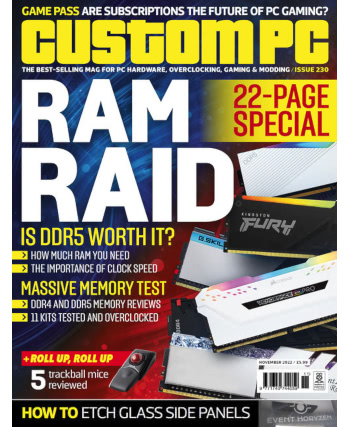
The StarFive VisionFive, kindly provided by RISC-V International, is an exciting device: it’s the first RISC-V single-board computer on the market which offers anything close to the price-performance balance of the Raspberry Pi – albeit with caveats. The first is that at $179 for a bundle with power supply, microSD, and heatsink and fan assembly, it’s still a lot more expensive than a Raspberry Pi. The second is that the silicon is buggy, an early revision with a number of flaws ranging from by-design issues like the lack of GPU to accidents including a performance-sapping cache issue.
It’s a glimpse of the future, though, and that future is closer than you might thing: since the review was written, the StarFive VisionFive 2 has been announced. Based on a revised system-on-chip design, it fixes the flaws of its predecessor, adds in a GPU, doubles the number of cores, and yet somehow comes in considerably cheaper. A follow-up review will be published comparing the two once hardware is available.
The Flipper Zero, meanwhile, is an interesting beast. Designed with a cyberpunk aesthetic and featuring a simple Tamagotchi-style virtual pet themed after the “cyberdolphin” in William Gibson’s Johnny Mnemonic, the device offers a range of features of interest to penetration testers, hackers, tinkerers, makers, and the curious – from Near-Field Communication (NFC) capture and playback to pet-tag scanning, sub-gigahertz radio capabilities, and infrared. Its successor, the Flipper One, will add Wi-Fi capabilities and a full Linux distribution on top – but at the time of writing had no release date.
Finally, as a big fan of the “Zach-like” genre, the release of Last Call BBS is a bittersweet moment. Designed to evoke memories of a past that never was, the game puts the user in charge of Sawayama Z5 PowerLance personal computer and a link to a bulletin-board system from which pirated games – plus a rather lovely silicon chip designer – can be slowly downloaded over time. Most games include the usual Zachtronics leaderboard system, while there are hidden extras and notes to be found along the way.
It’s also Zachtronics’ last game, marking Zach Barth’s departure from the industry. As a result, the fun is tinged with sadness – but Barth is undeniably leaving on a high note.
All this and more can be found in Custom PC Issue 230, on shelves at supermarkets and newsagents, online with global delivery, or as a free digital download from the official website now.



 In this latest issue of Dennis Publishing’s Custom PC Magazine you’ll find – to no great surprise – my long-running five-page Hobby Tech column, covering the handy thermoplastic
In this latest issue of Dennis Publishing’s Custom PC Magazine you’ll find – to no great surprise – my long-running five-page Hobby Tech column, covering the handy thermoplastic  The latest installment of my long-running Hobby Tech column for Custom PC is four-strong this month: as well as a two-page review of the
The latest installment of my long-running Hobby Tech column for Custom PC is four-strong this month: as well as a two-page review of the